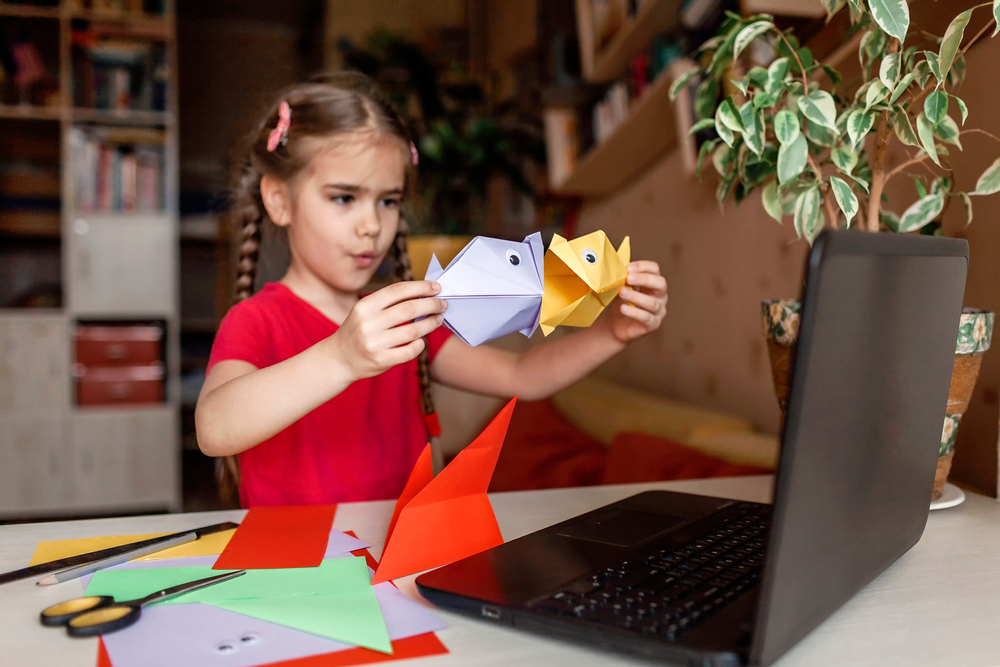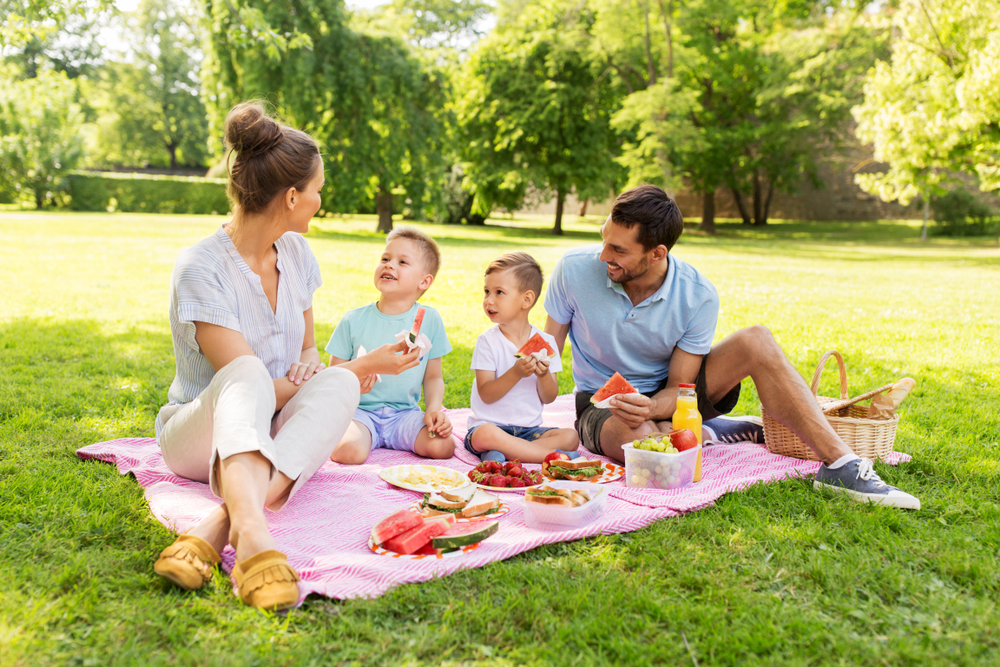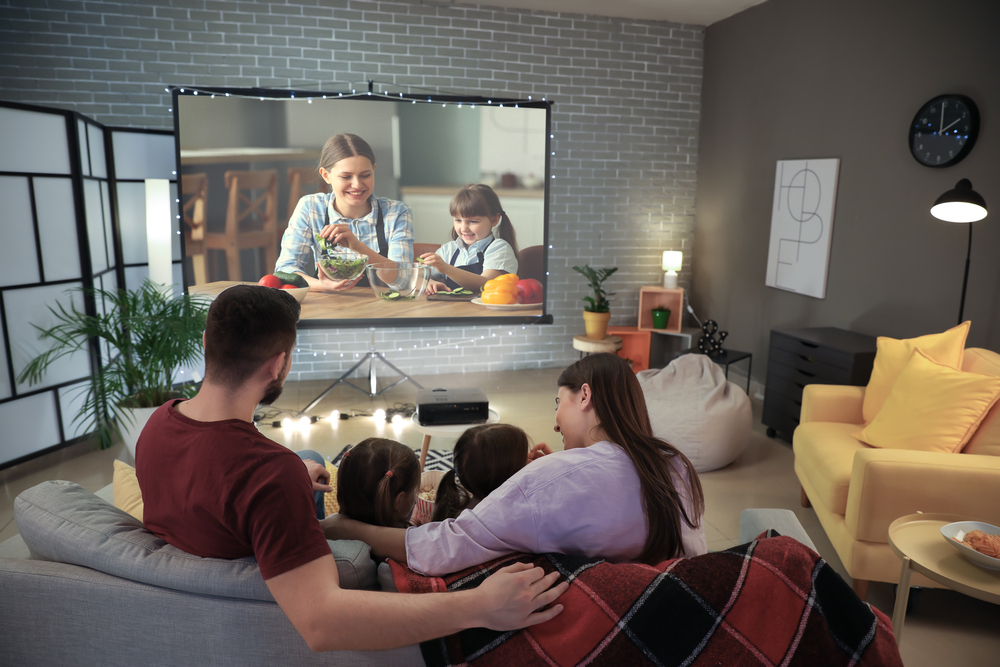
The concept of ‘summer slide,’ where students lose some of the achievement gains they made during the previous school year, is a real concern that parents and educators grapple with year after year. Keeping children involved in structured and educational activities during the summer can help mitigate this effect and help maintain their scholastic progress.
The key to a successful and dynamic summer lies in balance—alternating between different types of activities will not only maintain engagement but also cater to the holistic development of children. By carefully selecting and planning activities, we can support young learners in experiencing a summer that bridges the gap between academic years while also allowing them the freedom and joy associated with their much-deserved break from the classroom.
The activities chosen should cultivate a sense of discovery and enjoyment while subtly maintaining educational value. This dual approach ensures that children remain mentally and physically active, which is crucial in preventing the ‘summer slide’ phenomenon.
When searching for the most appropriate fun summer activities for kids, it’s beneficial to consider options that engage a child’s sense of wonder and adventure while promoting continuous learning.

Outdoor Summer Fun
Creating memorable summer experiences for kids can often start right outside your door. A family picnic or a barbecue (BBQ) is more than just an outdoor meal; it represents an opportunity for children to learn and engage in a relaxed setting. To organize a successful picnic or BBQ with educational flair, involve the kids in the planning and preparation process. This means:
Menu Planning: Children can help choose recipes, learn about the nutritional value of different foods, and even assist in creating a shopping list.
Cooking Preparations: Assign age-appropriate tasks such as washing vegetables, mixing salad, or skewering items for the BBQ. This helps children understand food safety and preparation.
Outdoor Games: Incorporate activities like frisbee, tag, or a treasure hunt to encourage teamwork and physical activity.
Environmental Awareness: Use the event to educate on the importance of leaving no trace and being responsible for your environment by cleaning up afterwards.
The goal is to plan a day filled with “summer fun at home” that enriches children’s understanding of healthy eating, teamwork, and environmental stewardship.
Setting Up a Backyard Camping Experience: Summer Fun at Home
Backyard camping can turn a familiar space into an extraordinary adventure for kids. It combines the excitement of camping with the convenience and safety of being at home. Here’s how to organize a stellar backyard camping experience:
Tent Setup: Show the kids how to set up a tent, talking through the steps and the importance of shelter.
Nature Night: Plan stargazing or nocturnal wildlife observation, teaching kids about astronomy or biology in their own backyard.
Campfire Safety: If you have a fire pit, teach fire safety and enjoy storytelling, singing, or even a safe cooking lesson on making s’mores.
Survival Skills: Introduce basic outdoor skills like reading a compass, setting up a rainwater catchment, or identifying local plants.
A backyard camping event can arm children with invaluable knowledge about nature, survival skills, and the joy of the great outdoors.
Exploring Nature: Fun Things to Do on Summer Break
Summer break is the perfect time to immerse children in the wonders of the natural world. Nature exploration can take on many forms:
Hikes and Nature Trails: Use local trails to teach children about different ecosystems. Before heading out, children can research the plants and wildlife they might see, fostering a connection to the environment.
Educational Visits to Parks: National or state parks often offer guided tours or junior ranger programs. These outings can be both fun and informative, offering structured learning in an open environment.
DIY Nature Walks: Even a walk in the local park can be turned into a learning experience. Encourage kids to collect leaves, rocks, or take photos of wildlife, then come home to research their finds.
For each of these outdoor activities, the underlying theme is to create opportunities for experiential learning. Rather than sitting in a classroom, children can touch, see, hear, and smell the subjects of their learning, which can help cement the knowledge more deeply. Furthermore, such activities often have the added benefit of fostering a connection between family members as they work together to create pleasant summer memories.

Educational Activities
Summer break activities for students can encompass a variety of educational experiences that are both enjoyable and instructive. These activities are designed to keep young minds challenged and engaged in learning even outside the classroom setting.
Local Library Programs and Reading Challenges
Libraries are treasure troves of knowledge and creativity that offer more than just books. Many local libraries host summer reading programs designed to encourage children to continue reading during their break. These programs often come with a theme and include a series of activities that promote literacy and reading comprehension. For example, libraries might offer reading challenges with reward systems that motivate children to read a certain number of books over the summer.
Besides reading challenges, libraries also often host events such as author visits, storytelling sessions, and workshops on a variety of topics like writing, illustration, or digital media. Participating in these activities can help students maintain their reading skills and even develop a deeper love for literature. To find out about specific programs, parents can check the website or social media pages of their local library or visit in person to collect a calendar of events.
Visiting Museums and Science Centers with Children’s Exhibits
Museums and science centers are among the top summer break ideas for a blend of fun and education. These institutions often curate interactive displays specifically for younger audiences. By engaging with these exhibits, children can learn about history, culture, science, and art in a hands-on environment. Moreover, many museums and science centers offer workshops or educational programs during the summer that can enhance the learning experience further.
For example, a science museum might have a children’s area where kids can engage in interactive displays about space, physics, or biology, allowing them to learn through play. Similarly, art museums may offer craft sessions or kid-friendly tours. Parents can look up “family programs” or “children’s activities” on the websites of local institutions to find suitable options.
DIY Science Experiments and Crafts at Home
Summer activities for kids at home don’t have to be mundane. With a little creativity, parents can transform their home into a laboratory or art studio. DIY science experiments can be both educational and entertaining. They allow children to explore scientific concepts firsthand. From making a baking soda and vinegar volcano to constructing a simple circuit, these experiments can teach basic principles of chemistry, physics, and electricity.
Likewise, crafts provide an opportunity for children to express their creativity while also working on fine motor skills. Parents can curate a list of craft projects that might include making papier-mâché planets, fashioning homemade playdough, or creating a scrapbook of summer memories. Such activities not only keep children occupied but also allow them to produce something tangible that reflects their effort and imagination.

At-Home Entertainment
Engaging children in at-home entertainment is an excellent way to stimulate their imagination and creativity during the summer months. When we consider “summer activities for kids at home,” there’s a treasure trove of options that can cater to their diverse interests and needs. Here’s how parents can organize these activities effectively:
Creating Cinematic Adventures with Movie Marathons
Movie marathons are a classic indoor activity that can transform an ordinary day into an extraordinary one. To enhance the experience, consider the following steps:
Selecting a Theme: Choose films that tie into a particular theme, such as adventure, fantasy, or superheroes. This sets the stage for a fully immersive experience and keeps the excitement consistent throughout the marathon.
Interactive Viewing: Encourage children to participate by asking predictive questions before the movie and reflective questions afterward. This activity can aid in the development of critical thinking and comprehension skills.
Comfy Seating: Building an indoor fort with blankets, pillows, and fairy lights not only provides a cozy screening environment but also sparks creativity and a sense of wonder.
Intermissions with Activities: Short breaks between movies can include movie-related games or trivia quizzes, turning passive watching into an engaging, interactive event.
Culinary Creations: Baking and Cooking Together
A kitchen can be a laboratory for culinary arts where children learn by doing. “Summer fun at home” takes on a delectable dimension when cooking and baking are involved. Here’s how to make it educational and enjoyable:
Themed Treats: Align your cooking projects with themes from the movies you’re watching. For example, bake wizard-themed cookies during a fantasy movie marathon.
Recipe Selection: Let children pick recipes, encouraging them to think about ingredients, timing, and the steps involved. This enhances decision-making skills and fosters independence.
Math in Cooking: Use measuring as a practical way to teach fractions and conversions. Have children measure out ingredients to understand quantities and ratios.
Science of Baking: Explain the chemical reactions that occur during baking, like the role of baking soda or yeast. This introduces basic chemistry concepts in a tangible way.
Cultural Exploration: Prepare dishes from different countries or regions featured in your movies. This can be an opportunity to discuss and appreciate global cultures and cuisines.
Presentation and Decoration: Challenge kids to present their dishes creatively. This taps into their artistic abilities and gives them a sense of accomplishment in the final product.
Planning “summer activities for kids at home” with a focus on at-home entertainment not only keeps children engaged but also helps them develop new skills and interests. By incorporating educational elements into these fun activities, children can continue to learn and grow throughout the summer, all within the comfort of their home.
When organizing these at-home entertainment options, remember that the aim is to provide learning opportunities in a relaxed and enjoyable environment. Always prioritize safety, especially in the kitchen, and ensure that activities are age-appropriate. By fostering a space where education and entertainment coexist seamlessly, you help cultivate a lifelong love for discovery and growth in your children.
Prevent Summer Slide with Readability Tutor
Ready to keep your child’s mind sharp and engaged all summer long while avoiding the dreaded summer slide? With Readability Tutor, you can transform idle hours into a fun and enriching reading adventure. Our AI-driven tutor tailors the experience to your child’s unique learning level, providing the supportive guidance they need to thrive. You’ll witness their progress as they explore new words, improve their pronunciation, and unlock the joys of reading.
Act now to ensure your child’s summer break is filled with growth, discovery, and the magic of literature. Get started with Readability Tutor and give your child the key to unlock their full reading potential!

 Español
Español